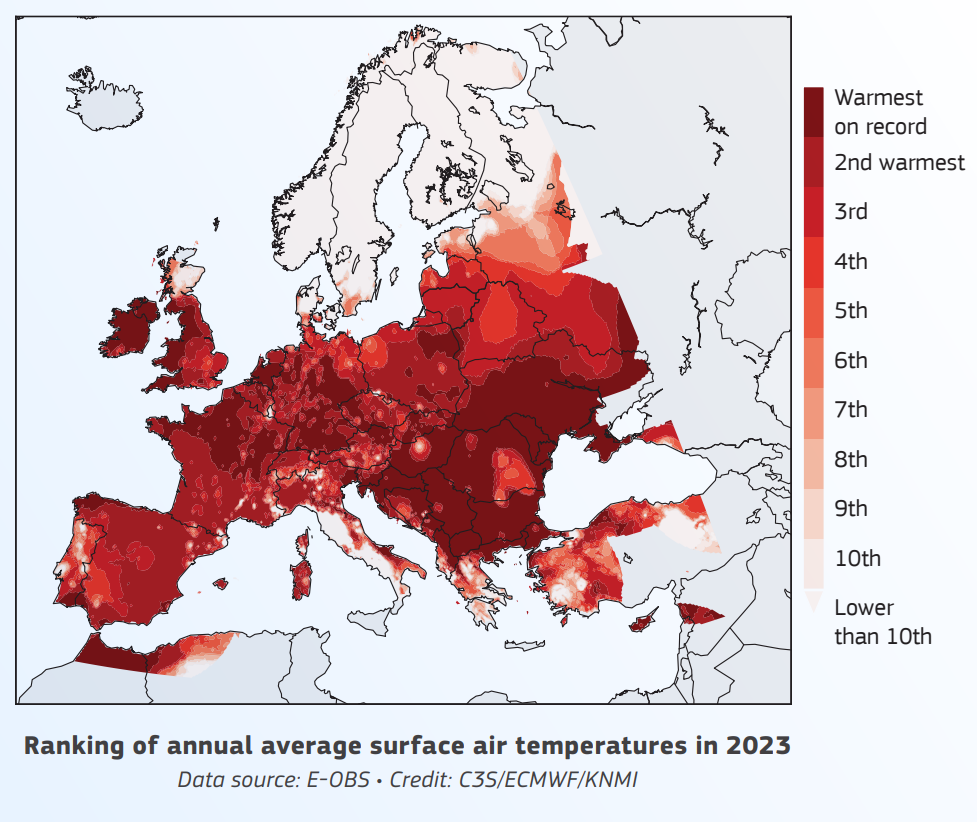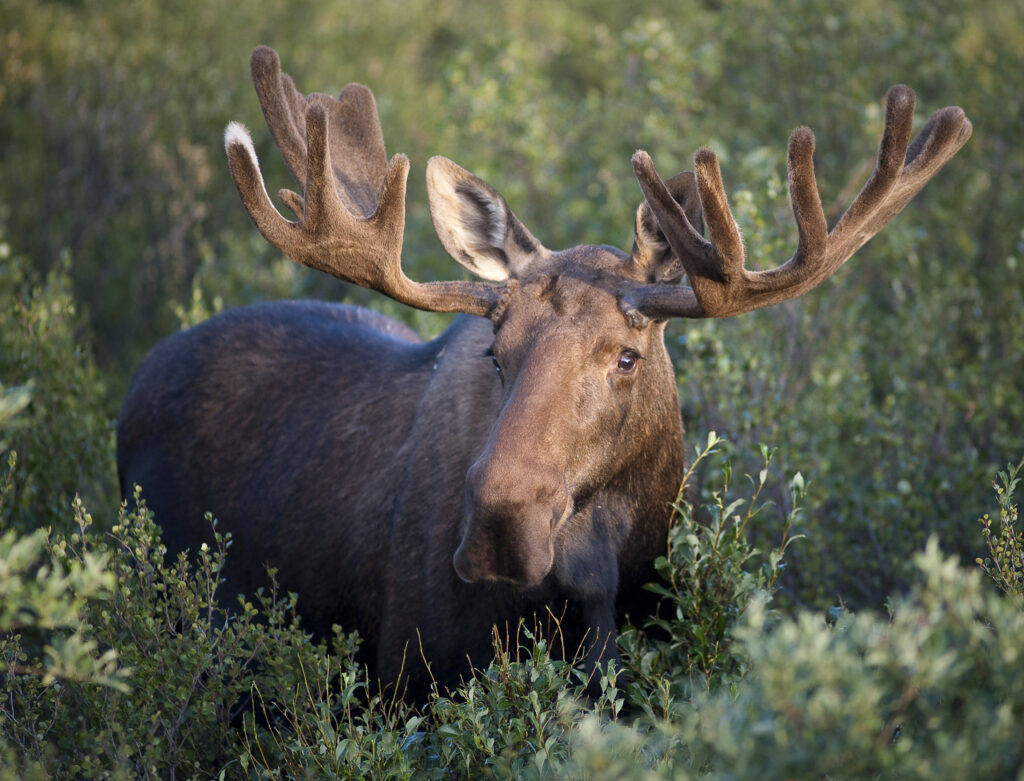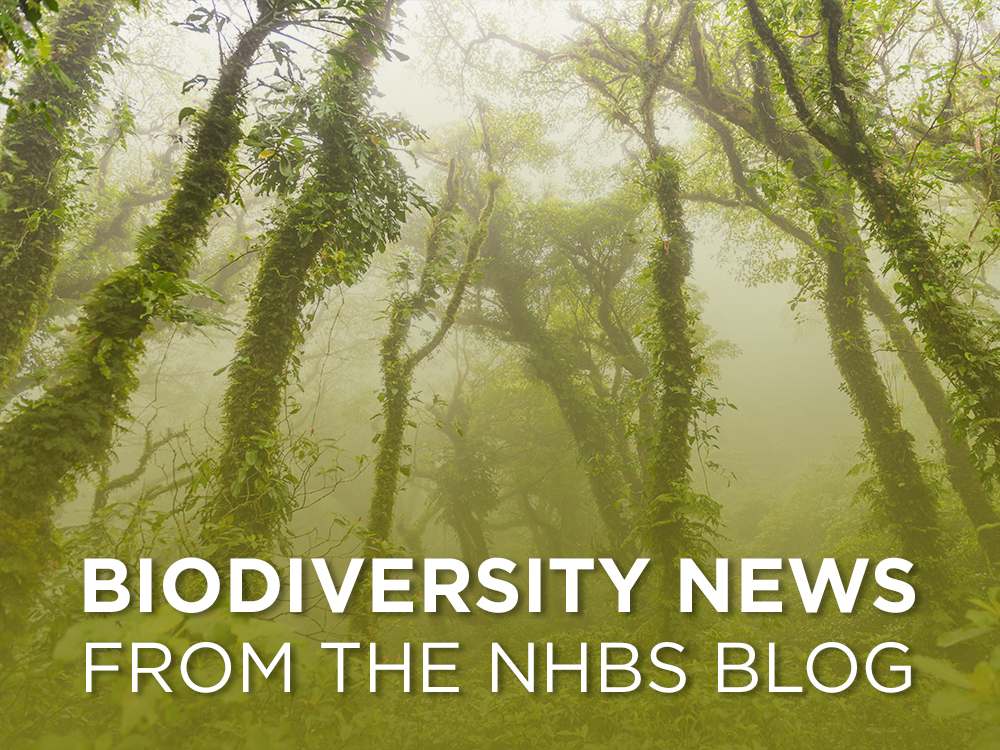Environment
Global temperatures have hit 1.5°C above the pre-industrial era average for 12 consecutive months. Analysed by the Copernicus Climate Change Service, data revealed that July 2023 – June 2024 were the hottest 12 consecutive months on record – an average 1.64°C higher when compared to the pre-fossil fuel era (1850–1900). Analysis suggests that these results are not an anomaly but are instead consistent with a shift in the global climate.

A court has ruled that the rights of the Machángara river have been violated in Ecuador. The ruling was based on constitutional rights for natural features, where Ecuadorian authorities recognise the rights of natural features to remain unpolluted and undegraded. A wide range of contaminants and pollutants are released into the river, including untreated wastewater and litter, resulting in an average oxygen content of 2% which has inhibited the survival of aquatic life in the region. Although the ruling has been appealed by the city government, the court has ruled that a remediation plan will be required.
Science
Researchers have identified artificial light on coastlines as another threat for marine ecosystems. A study has shown that artificially lit areas can attract 2–3 times more fish compared to areas of natural lighting. It is thought that juvenile fish are attracted to congregations of plankton in these well-lit areas and are picked off by predators who are also attracted to the light. Nearly a quarter of the world’s coastline was artificially lit when it was last surveyed almost a decade ago, and the extent of the lighting is likely to have continued to increase since then. This issue has the potential to impact the breeding success of a range of marine species.

Ants have been found to amputate the legs of their nest-mates to boost survival. Researchers have found that Florida Carpenter Ants (Camponotus floridanus) will perform life-saving amputations on others, the first non-human animal found to do so. The colony was also found to cater their choice of care to the injury at hand and were observed ‘treating’ injuries through intensive licking. Ultimately, a survival rate of 90% was observed following amputation, and 75% with treated wounds. These ants are one of the few animals, aside from humans, that have been found to actively tend to the injuries of their own species.
For the first time, we are farming more seafood through aquaculture than we catch from the wild. The 2024 State of World Fisheries and Aquaculture (SOFIA) report was released in June and reported that overfishing increased and sustainable fishing declined over 2024 (+4% and –2%, respectively), while overall production rose by over 4%, producing an all-time high of 223 million metric tons of fish. The SOFIA report concluded that progress towards more sustainable fisheries is not moving fast enough, or has regressed to less sustainable practices, and global fisheries management is failing to support these practices when harvesting wild fish stocks.
Wildlife
Bee colonies in north east England are suffering from the worst disease outbreak in a decade. American Foulbrood (AFB) has been reported in more than 30 colonies in a 10km area, the biggest outbreak since 2014. The disease is caused by bacteria that infect the bee larvae, eventually spreading through the hive and resulting in the death of the colony. A spokesperson from the Cleveland Beekeepers Association has labelled the outbreak as ‘worrying’ but believes the disease is under control.

Human-wildlife conflicts are emerging in Colorado as Moose (Alces americanus) populations extend their range. Introduced to the state in the 1970’s, Moose are now moving into more urban areas from the woodlands and mountain ranges across the state, increasing the frequency of deadly human-wildlife conflicts. The number of recorded Moose attacks each year surpasses the number of puma and bear attacks combined, though Moose are less abundant in the area. Colorado reported three incidents in a fortnight in 2022, and over 59 animals were killed in road traffic accidents that same year. At risk of reaching unsustainable levels, the species could be subject to culling and contraceptive intervention in the future to prevent damage to the landscape and its keystone species.

